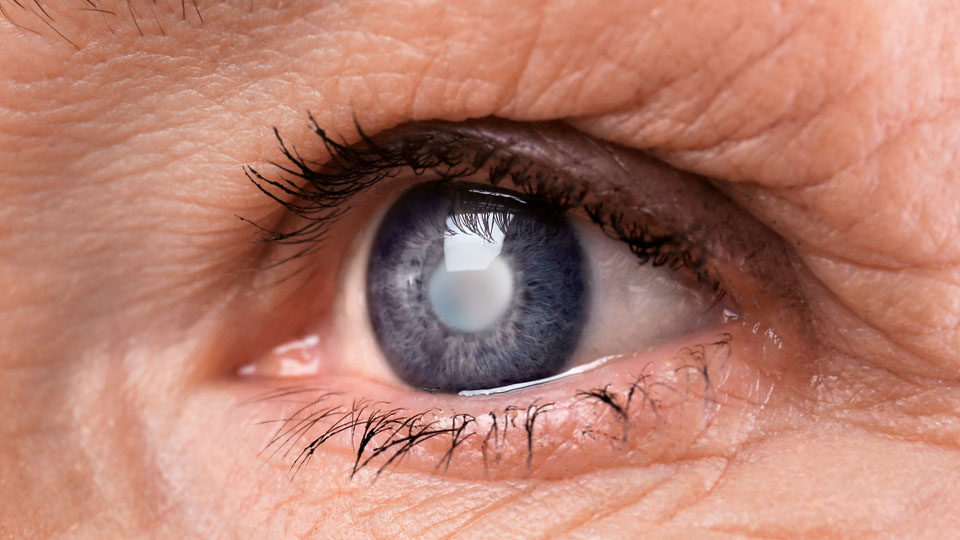All about the skin around the eyes and “drooping” eyelids
04/04/2025

25/08/2023
Cataracts are an eye condition in which the crystalline lens, the eye's natural lens, becomes opaque. This can occur gradually with aging or due to other factors, such as injury or eye disease. Although most are related to age, there are other types such as congenital cataracts (present from birth), secondary to certain diseases (uveitis, diabetes), medications (corticosteroids) or eye trauma. Cataracts usually develop in both eyes, but the rate of progression can be different in each eye. This means that a person may have more advanced cataracts in one eye than the other. There are also cases in which only one of the two is affected by cataracts, while the other remains relatively healthy.
The development of cataracts in only one eye can be due to various reasons. On the one hand, it may be due to asymmetric aging. One eye may experience faster lens aging than the other, which can lead to cataracts in only one eye. It can also be caused by eye trauma caused by a blow or injury that can damage the crystalline lens. If only one eye has suffered trauma, it is possible that only that one will develop cataracts.
Some eye diseases, such as glaucoma or uveitis, can affect the eyes unequally and increase the risk of cataracts in just one eye. In addition, risk factors such as prolonged exposure to ultraviolet radiation from the sun, smoking, and the use of certain medications or the presence of systemic diseases such as diabetes can affect the eyes unequally and contribute to the development of cataracts in just one eye.
It is important to note that regardless of whether cataracts develop in just one eye or both eyes, it is essential to see an ophthalmologist for an accurate diagnosis and to determine the best treatment. They usually develop slowly, so the symptoms appear progressively with blurred or cloudy appearance in distant vision or with glare from sunlight, lamps or car headlights at night. In some cases, cataracts can also cause nearsightedness, so they can improve near vision.
Dr. Anton Barraquer, ophthalmologist at the Barraquer Ophthalmology Centre
Cataracts are an eye condition that will affect 100% of the population and surgery is its only treatment. But this common procedure continues to cause a great deal of concern to patients because of lack of awareness and due to a large number of false myths that must be debunked.